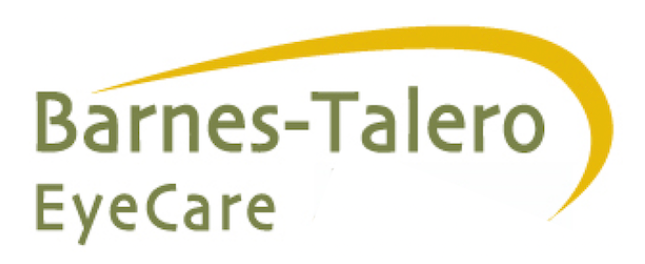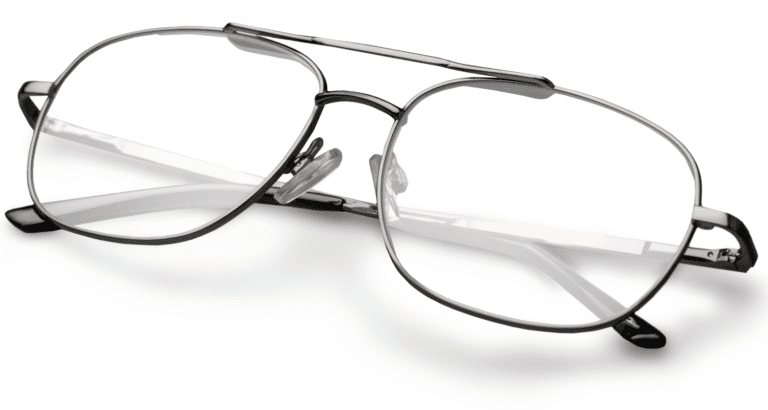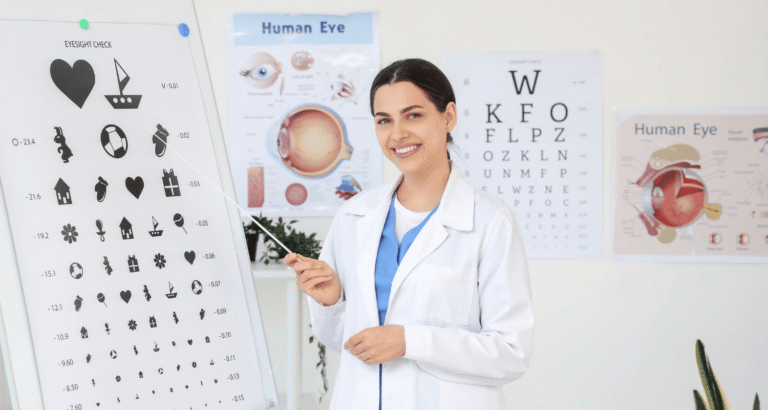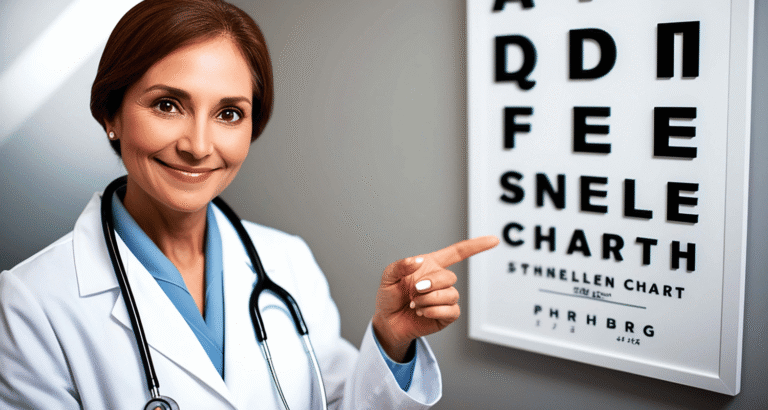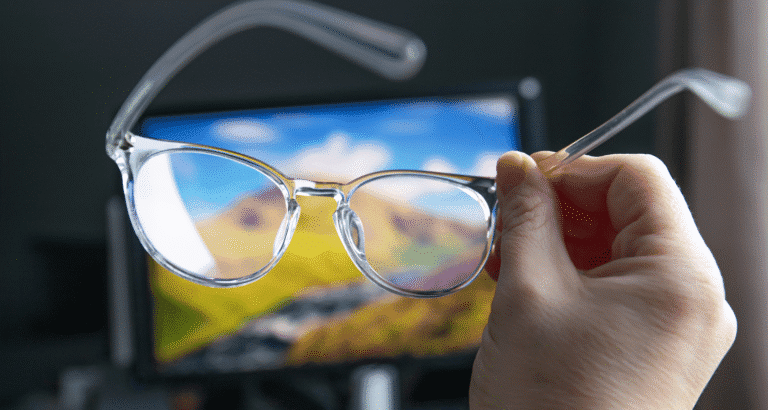Bifocal and Multifocal Contact Lenses
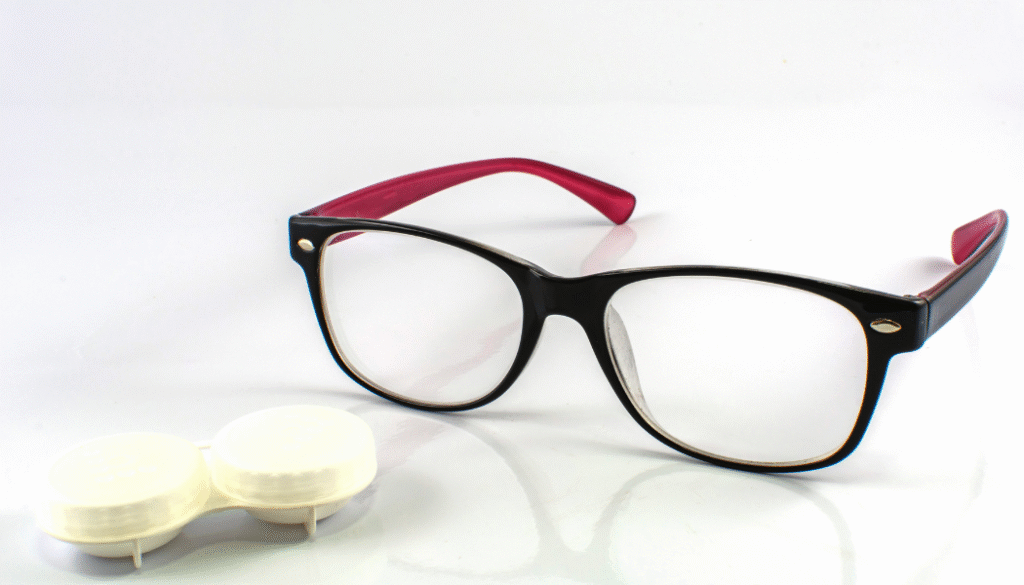
Contact Lens Options for Presbyopia
If you are over 40 and struggle to see up close, you may have presbyopia. This is a natural change that happens as the eyes age. The lens inside the eye becomes less flexible, making it harder to focus on near objects. Many people notice they must hold reading material at arm’s length. Reading glasses can help, but not everyone wants to wear them.
For those who prefer another option, bifocal and multifocal contact lenses are available. These lenses come in soft or rigid gas permeable materials. They let you see near and far without glasses. Many people find them more natural than wearing glasses. Progressive contacts and varifocal lenses are designed to give smooth vision across different distances.
The Difference Between Bifocal and Multifocal Lenses
Bifocal lenses have two zones. One is for distance, the other for near vision. They work well for clear focus at far and close range but may not cover the middle range.
Multifocal lenses include bifocals, trifocals, and progressive styles. These lenses have several powers across the lens. This makes it easier to shift focus between near, far, and in-between. Options like daily wear bifocals give flexibility for different lifestyles. Your doctor may suggest different refractive error solutions depending on your needs.
Multifocal contact lenses are usually made in two main styles: simultaneous vision and alternating vision.
Simultaneous Vision Lenses
These are the most common. They show near and distance zones at the same time. After a short adjustment, the eyes learn to use the right zone.
Two main designs are used:
- Concentric ring design – These look like a bull’s-eye. A central circle has one power, with rings around it for another. More rings can be added for mid-range tasks. Edges can be blended so the shift feels smooth.
- Aspheric design – Powers are blended across the lens. Distance and near correction are in the center area. The eyes adapt to focus where needed.
Translating or Alternating Vision Lenses
These lenses are like bifocal glasses. The top section is used for distance, while the bottom is for near tasks. The zones can be reversed if needed.
Because lenses move slightly on the eye, they are held in place with a ballast (a thicker area) or a flat edge. These are only made in rigid gas permeable material, which gives sharp vision but may take time to get used to.
An Alternative Option: Monovision
Monovision is another way to correct presbyopia. In this method, one eye is corrected for distance and the other for near. Usually, the dominant eye handles distance, and the non-dominant eye is set for close work.
A modified monovision setup can also be used. One eye may wear a single vision lens while the other wears a multifocal lens. Your doctor will test which approach works best for you.
Are Contact Lenses Right for You?
If you have presbyopia, varifocal lenses, progressive contacts, or daily wear bifocals may be a good option. They let you see clearly at all distances without glasses. Many people prefer the freedom and look of contact lenses.
An eye exam will help decide which refractive error solution is best for you. Your optometrist can guide you toward lenses that fit your eyes and lifestyle.
FAQs
FAQs About Bifocal and Multifocal Contact Lenses
Which is better, bifocal or multifocal contact lenses?
Bifocals give two clear ranges. Multifocals cover near, far, and in-between more smoothly.
Why can’t I read with my multifocal contact lenses?
Your eyes may need more time to adjust. A prescription check can also help.
What are the disadvantages of multifocal contact lenses?
They can cause slight glare or reduced contrast, especially at night.
Is there a trick to wearing multifocal contacts?
Give yourself time to adapt. Most users adjust within a few weeks.
Get in Touch
Ask Us Anything!
Contact Us Today
Clearer Vision Starts Here
Looking for expert eye care, glasses, or vision therapy? Fill out the form and our team will get back to you quickly to schedule your appointment.
What We Offer:
- Eye exams for children and adults
- Contact lens fittings
- Medical eye care for diabetes, glaucoma, and more
- Glasses and lens options for every lifestyle
(615) 485-6251
Give us a call to schedule your next appointment
